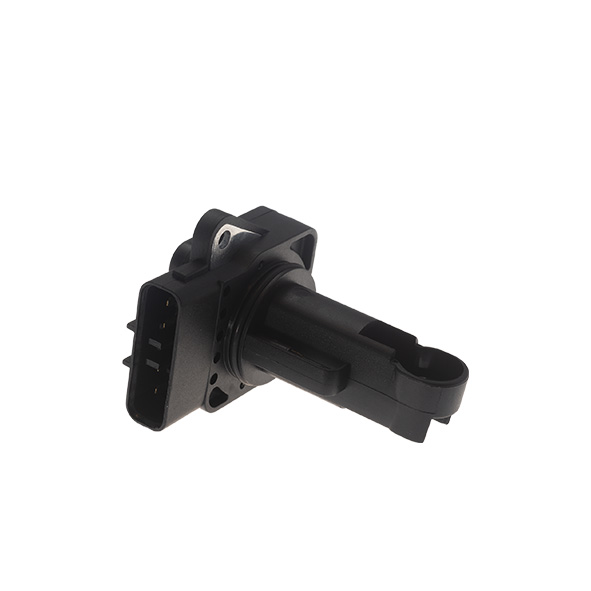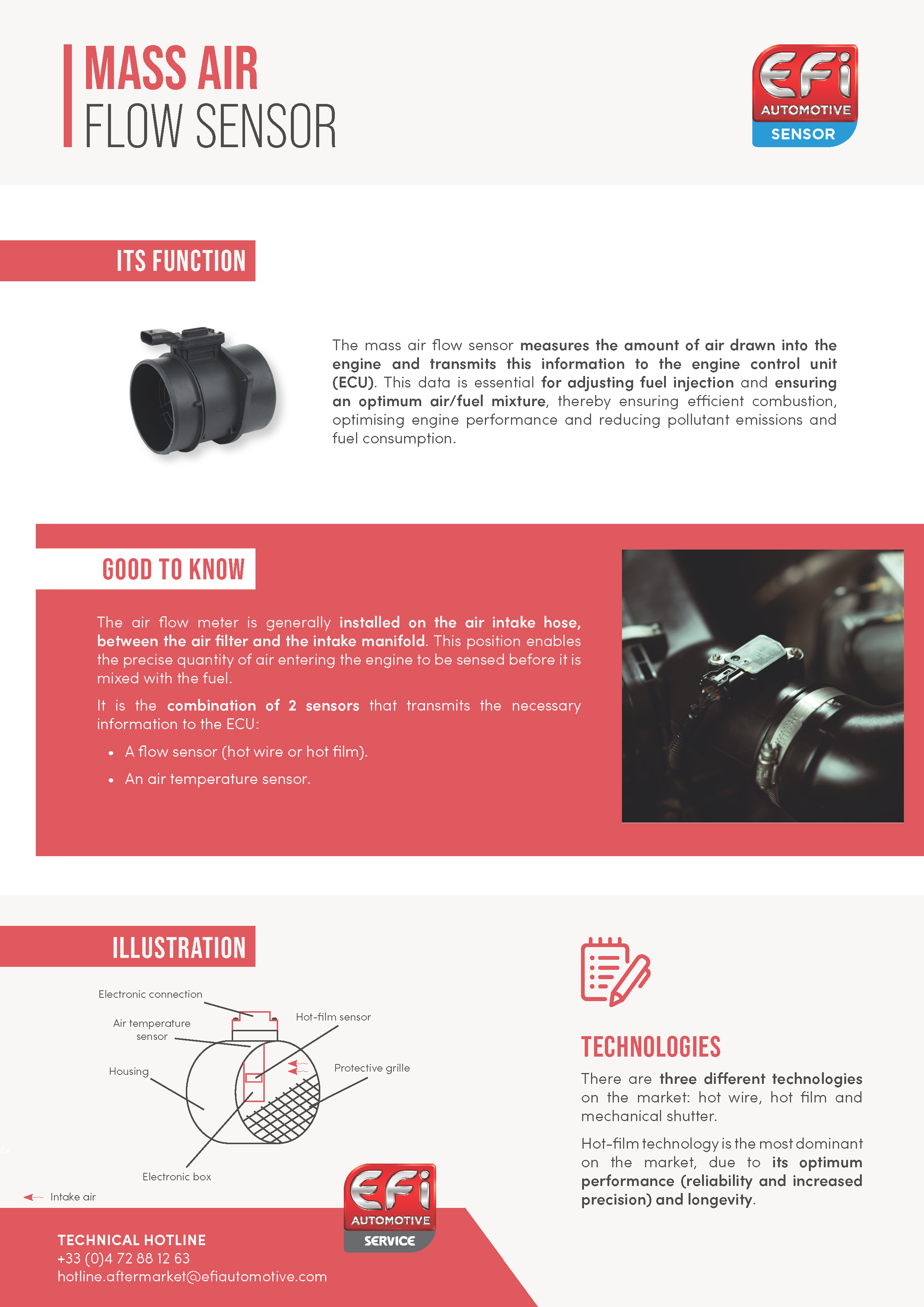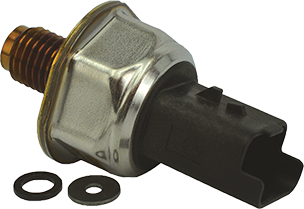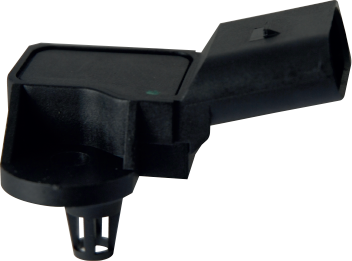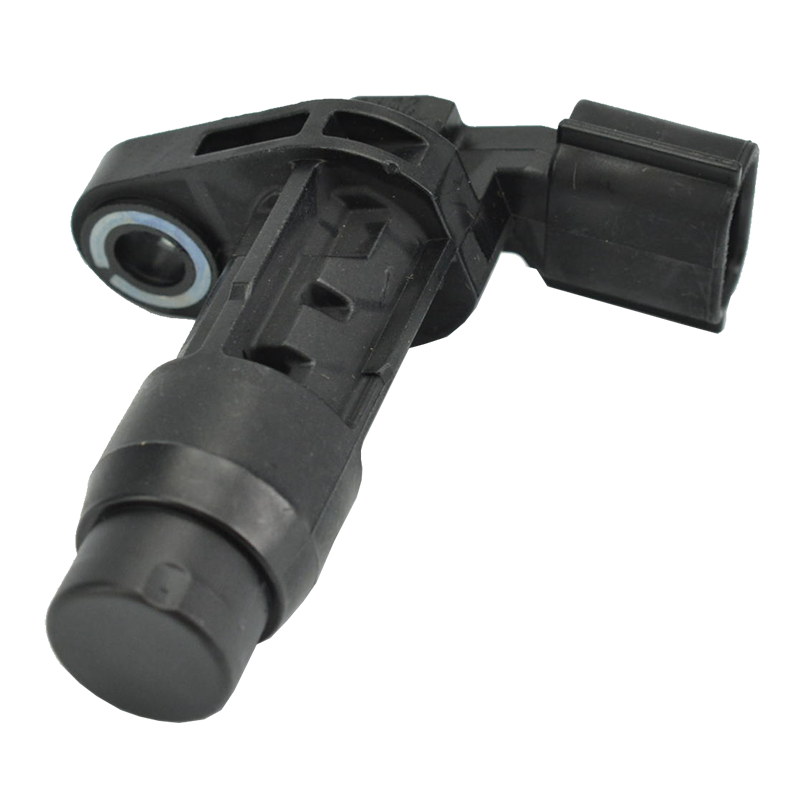When a mass air flow sensor fails, the engine fault signal (amber coloured) lights up on the dashboard. Your vehicle’s fuel consumption will increase, and so will its pollutant emissions. So, do not be surprised if you see black smoke coming from your exhaust. Without the right information, your ECU will no longer be able to manage the stoichiomletric mixture correctly, resulting in frequent stalling – or even an inability to start.







